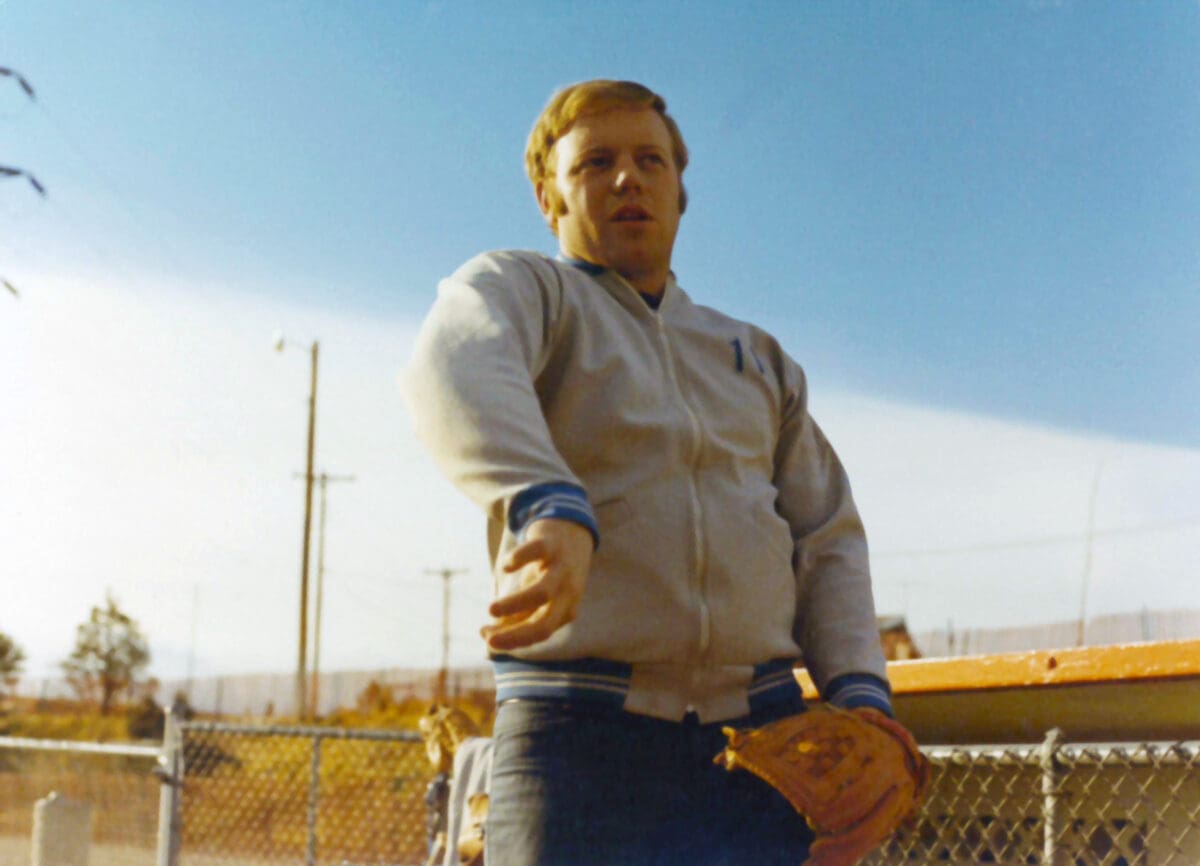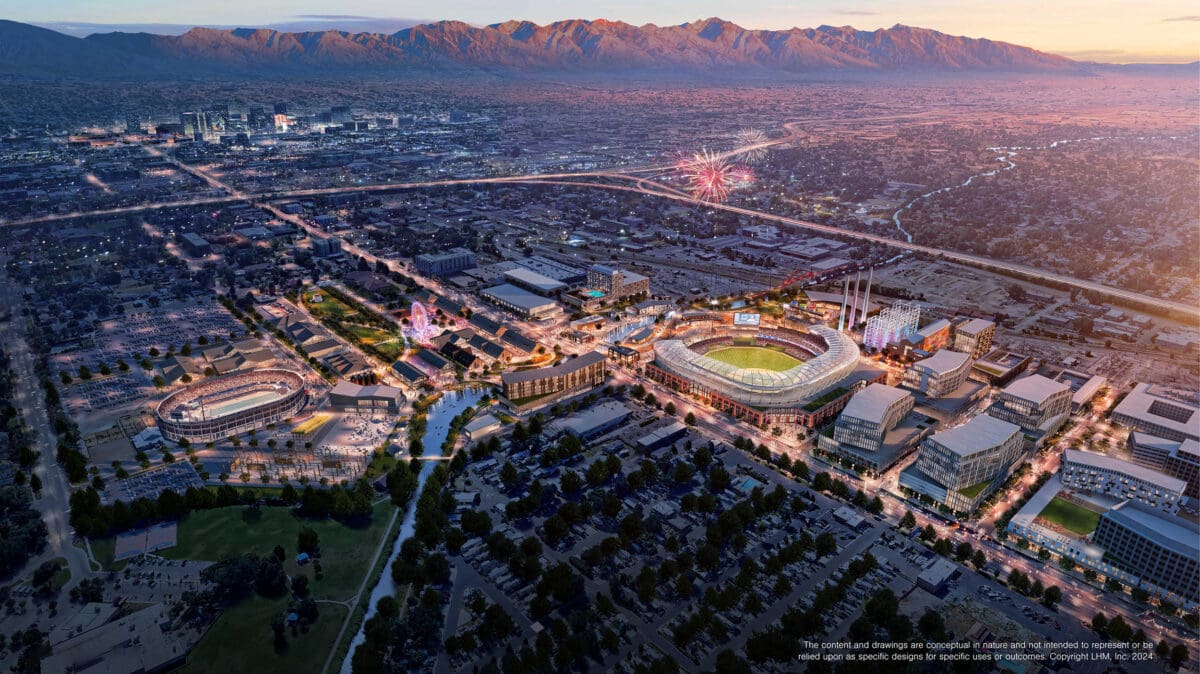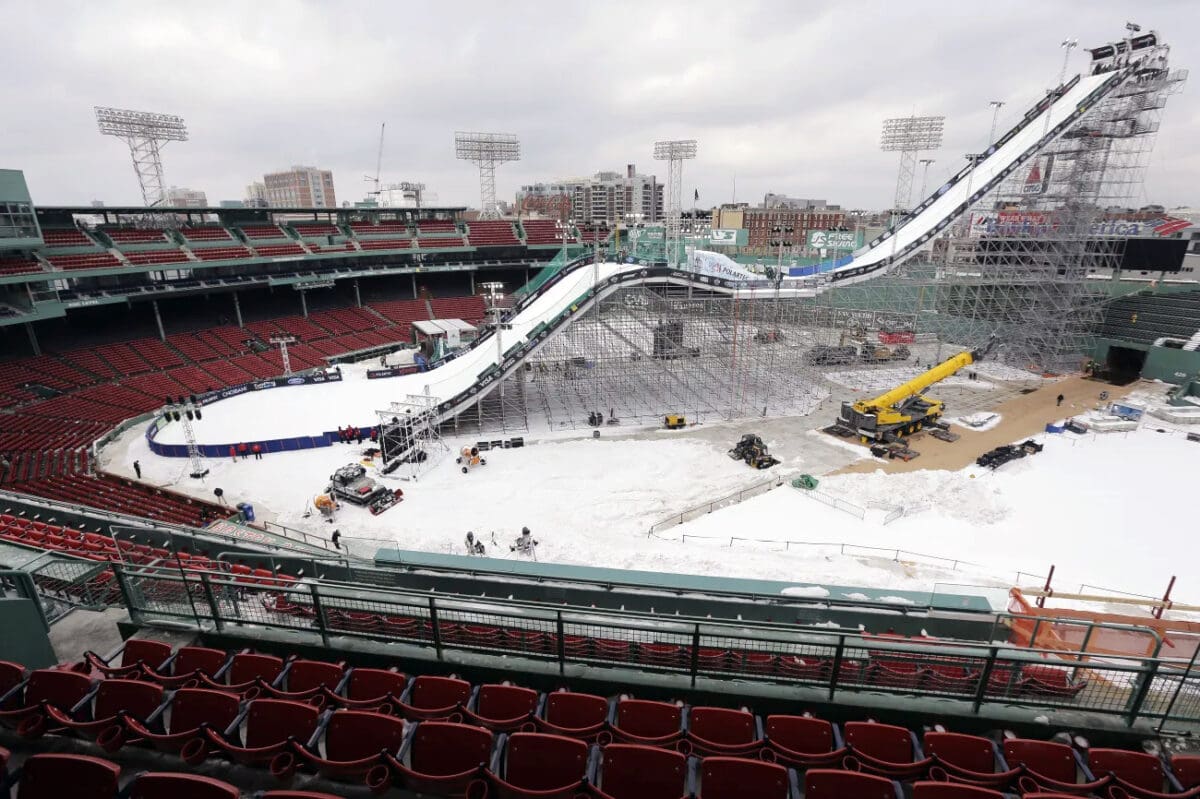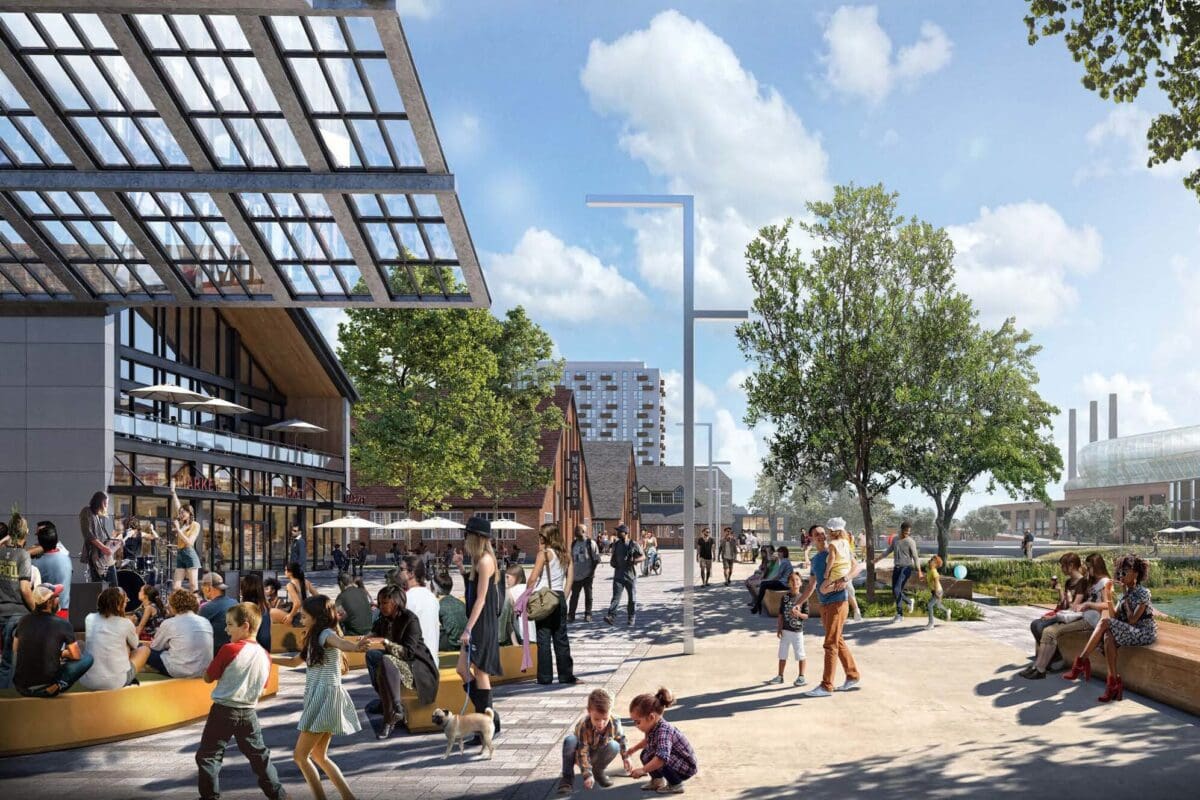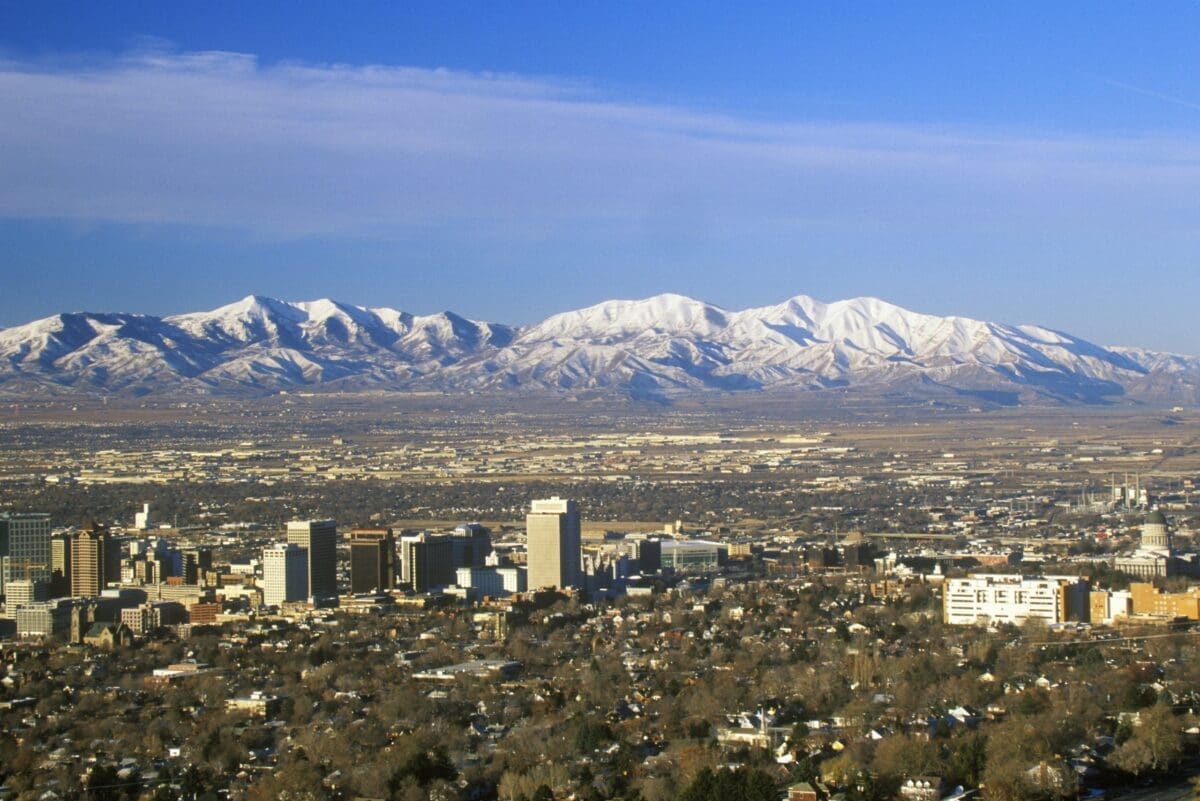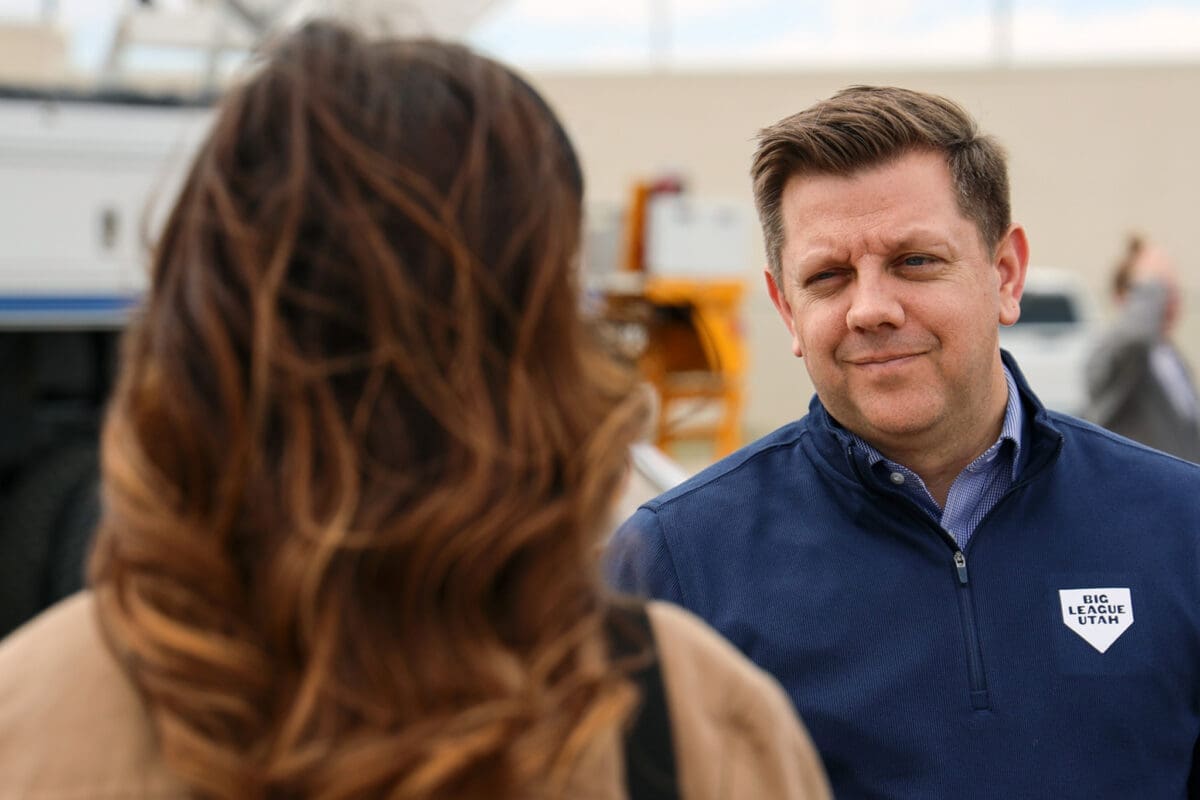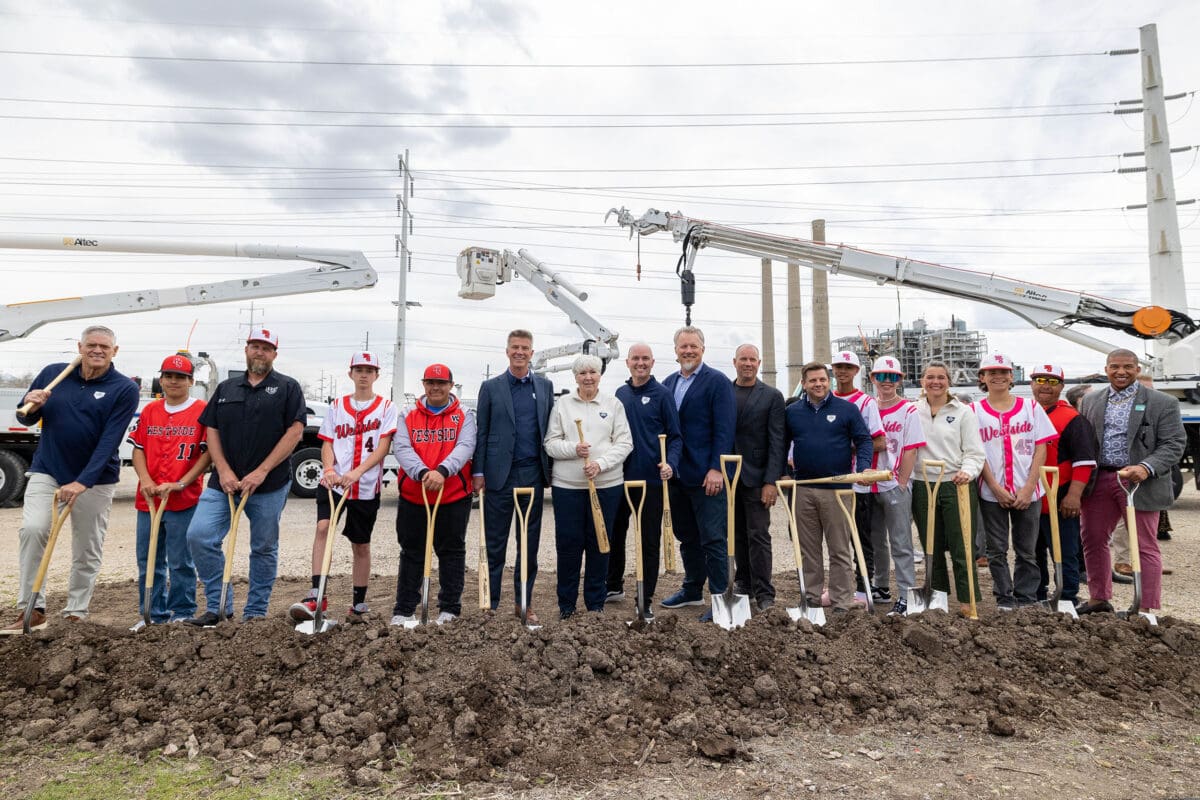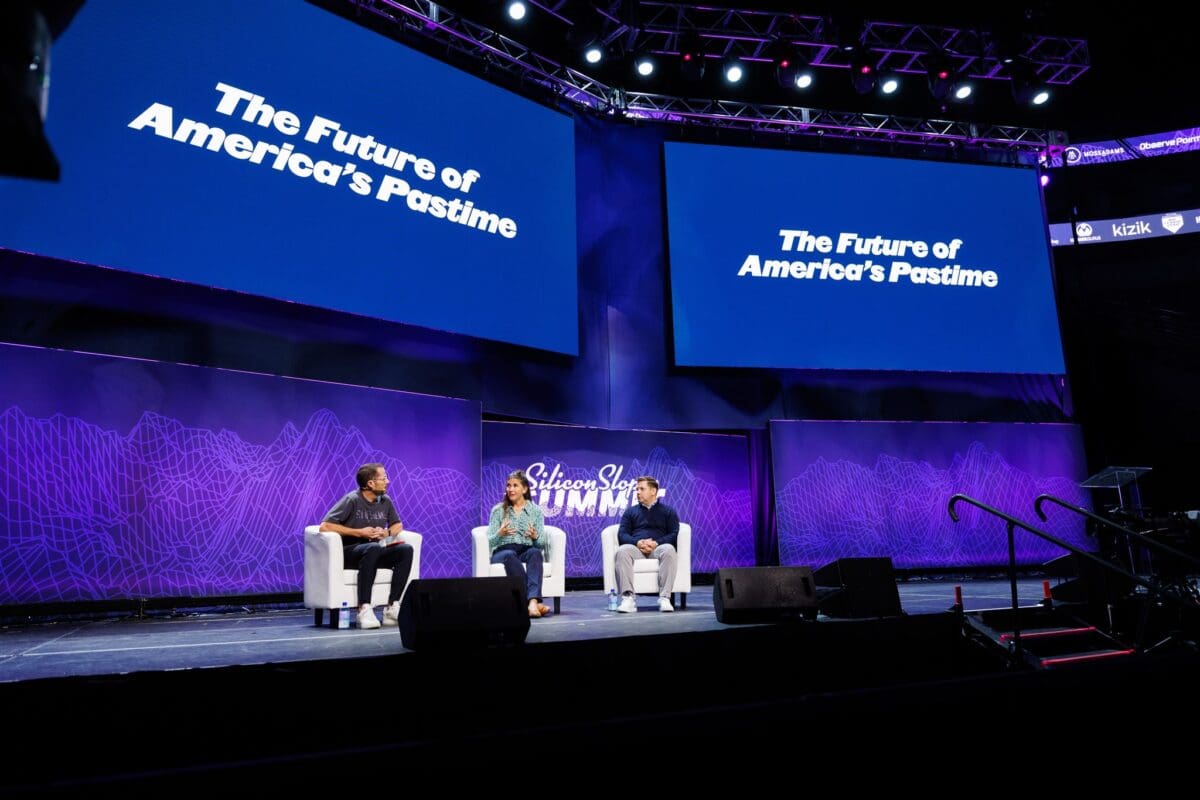“Utah has the ingredients for an MLB team, including a ready market, a proven and focused ownership group, a shovel-ready site at the Power District, and a bi-partisan coalition.”
– Gov. Spencer Cox
Big League Utah, the broad-based coalition united to position Salt Lake City, Utah as a Major League Baseball (MLB) expansion market, announced the creation of honorary and community advisory boards. Board members’ expertise and commitment to Utah’s success will help advance the multi-faceted campaign and focused efforts.
The honorary advisory board is comprised of Gail Miller, co-founder and owner of the Larry H. Miller Company, and local elected leaders, including Governor Spencer J. Cox; Senate President J. Stuart Adams; House Speaker Mike Schultz; Utah State Senator Luz Escamilla; Utah State Senator Lincoln Fillmore; Utah State Representative Sandra Hollins; Utah State Representative Ryan D. Wilcox; Salt Lake City Mayor Erin Mendenhall; Salt Lake City Councilmember Victoria Petro; former Congressman and former Utah House Speaker Rob Bishop; Point of the Mountain State Land Authority Board Co-Chair and former member of the Utah State House of Representatives Lowry Snow.
The community advisory board includes Steve Miller, Chair, the Larry H. Miller Company; Greg Miller, Vice Chair, the Larry H. Miller Company; Steve Starks, CEO, the Larry H. Miller Company; Scott Anderson, President and CEO, Zions Bank; Dave Checketts, businessman and sports executive; Spencer P. Eccles, Co-Founder and Managing Partner, The Cynosure Group; Maria Garciaz, CEO, NeighborWorks Salt Lake; Kem Gardner, CEO, Gardner Companies; Natalie Gochnour, Executive Director, the Kem C. Gardner Policy Institute; Gary Hoogeveen, President and CEO, Rocky Mountain Power; David Huntsman, President and COO, Huntsman Foundation; Jim Laub, President and CEO, Cache Valley Electric, Derek Miller, President and CEO, Salt Lake Chamber; Todd Pedersen, Founder, Vivint Smart Home and businessman; Thayne Shaffer, President and CEO, America First Credit Union; Dr. Sidni Shorter, President and CEO, Utah Black Chamber; and Spencer Zwick, Co-Founder and Managing Partner, Solamere Capital.
“We have an exceptional ownership group, a shovel ready ballpark site, overwhelming community support in a strong growth market for MLB. We know this could be a multi-year effort, but we’re off to a great start and are encouraged that so many are seeing Salt Lake City as a major league market,” said Starks. “Like securing the return of the Winter Olympic Games, these big-vision projects don’t happen without close collaboration and teamwork—hallmarks of our community.”
The Power District is an approximately 100-acre, shovel-ready site in the heart of Salt Lake City’s west side. The site features views of the downtown skyline and pristine Wasatch Mountains. It is ideally located between the Salt Lake International Airport and downtown Salt Lake City and is bordered by Interstate-80 and light rail, as well as the Utah State Fairpark and Jordan River. Big League Utah announced its intention to position Salt Lake City, Utah as an MLB expansion market in April 2023.
“Our family knows the impact that sports can have on communities,” said Steve Miller. “We are particularly excited about the impact a Major League Baseball team could have on Salt Lake City’s west side. The Power District is perfectly located as a connector between people, businesses and sports in our capital city. The potential and responsibility to be a catalyst in this community belongs to all of us.”
To support these efforts and if successful in securing an MLB team, Big League Utah also announced its intention to create a team foundation to benefit west side community priorities.
“Our mission is to enrich lives and create lasting impact,” said Gail Miller. “Larry and I graduated from West High School, and I have deep affection for our friends and neighbors in this community. If we are successful in securing an expansion team, we will use this platform to support organizations and initiatives focused on the west side, its families and local businesses.
“We are grateful that Big League Utah is engaged with our community. We are eager to share our thoughts and experiences, and most of all, we are ready for Major League Baseball,” said Sen. Escamilla.
Statements from Big League Utah’s Advisory Board Members
“Utah has the ingredients for an MLB team, including a ready market, a proven and focused ownership group, a shovel-ready site at the Power District, and a bi-partisan coalition. Third-party data proves Salt Lake City and the Beehive State can absolutely support a new professional sports team.” – Utah Governor Spencer J. Cox.
“Like our pursuit of the Olympic Games, we are united in our efforts behind Big League Utah and our pursuit of an MLB expansion team. We have amazing community support and the perfect site for a stadium on Salt Lake’s west side.” – Utah State Senate President J. Stuart Adams.
“I am encouraged to have a vibrant mixed-use development in such close proximity to the Utah State Fairpark. The dedicated activation and programming of a sports and entertainment-anchored project will elevate and complement the mission and objectives of the Fairpark.” – Utah House Speaker Mike Schultz.
“Salt Lake City is on board to host a Major League Baseball team. We have a robust history of supporting professional athletics and look forward to strengthening the anchor of sports in the capital city. With this proposal, you could walk out the front doors of the airport, class at the University of Utah, or dinner on Main Street, hop on a TRAX train and be to the front doors of a future stadium within minutes.” – Salt Lake City Mayor Erin Mendenhall.
“Utah’s business community is poised to support an MLB franchise right here in Salt Lake City. Our data points to corporate enthusiasm for partnerships and season ticket purchases. A stadium, coupled with deliberate and visionary mixed-use development, will serve as an economic engine for our west side community.” – Derek Miller, President and CEO, the Salt Lake Chamber.
“We love our west side community and are eager to partner with Big League Utah and the Miller organization to envision the catalytic opportunities on our horizon.” – Maria Garciaz, CEO, NeighborWorks Salt Lake.
“Utah is a mid-sized, high-amenity state. Our strong economy and young demographics, combined with the state’s ability to host large sporting events, like the Olympics, make us a perfect market for an MLB team. More importantly, our capital city is the essential home for professional sports, especially America’s favorite pastime.” – Natalie Gochnour, Executive Director, Kem C. Gardner Policy Institute
“When I think of baseball, I think of the Miller family. Their decades-long stewardship of professional sports teams in our capital city is unparalleled. The family’s deep roots and statewide community support are indicative of their vision for the engagement and operations of an MLB franchise.” – Scott Anderson, President and CEO, Zions Bank.
About Big League Utah
Big League Utah is a broad-based community coalition led by the Miller family and the Larry H. Miller Company. It consists of Utah’s federal, state, and local decision-makers, business and community leaders, former MLB players, and potential investors. Coalition members are united behind the effort to welcome an MLB team to Salt Lake City.
About the Larry H. Miller Company
The Miller family has a deep history of sports ownership in Utah, beginning with the purchase of the Utah Jazz in 1985. During their ownership of the Jazz, the team made 20 consecutive playoff appearances, went to two NBA finals, and had the 3rd highest winning percentage in the NBA. The Miller family also constructed the Delta Center and then led the award-winning renovation of the arena in 2017, hosted the 1993 NBA All-Star Game, and secured its return in 2023. In 2005, the Miller family followed their life-long love of baseball by purchasing the Salt Lake Bees. In 2023, they announced the construction of a new ballpark for the Bees in Downtown Daybreak in South Jordan, Utah, and announced their intent to lead the effort of securing an MLB expansion franchise. For more information, visit www.lhm.com.

